Evolutionary Eye Care Blog
Learn more about optometrist care in our blog!

The rise of myopia in the U.S. is a growing concern among eye doctors and parents alike. Here’s why more Americans are becoming nearsighted and how optometrists are tackling the issue.
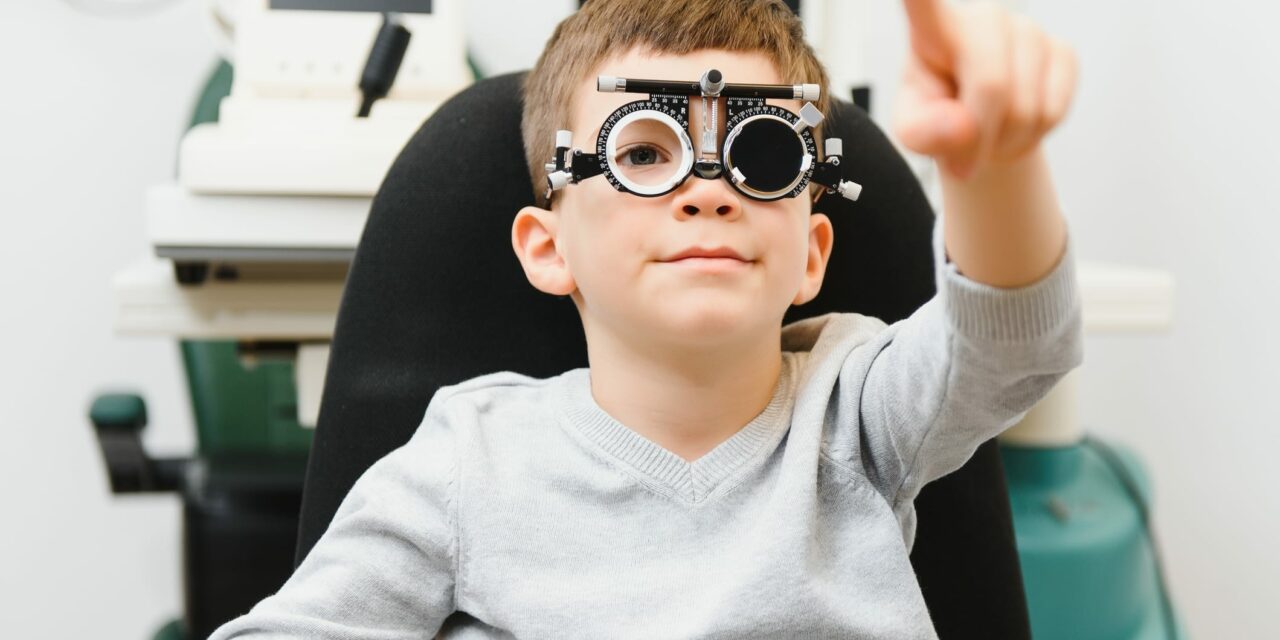
In 2025, clinics are earning more per patient even though fewer exams and lenses are being sold. Discover what’s driving this trend and how practices can adapt.
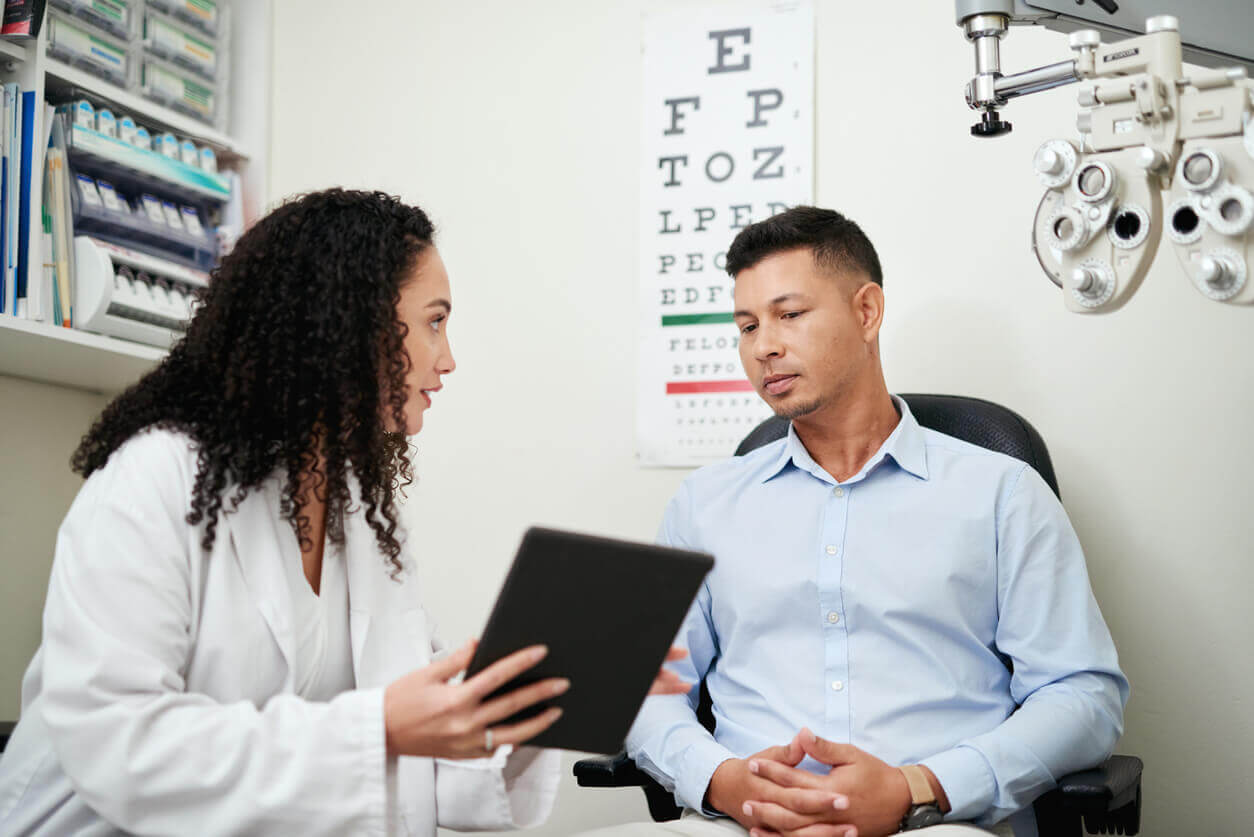
Optometry in 2025 is shifting toward patient-centric practice management. Learn how this approach improves patient care, clinic efficiency, and long-term success.

Clinics are upgrading lens care with innovations like smart cases and advanced disinfecting solutions. Here’s what’s new and why it matters for patient eye health.

Light has become a hot topic in eye care. Learn the truth about blue light from screens, what it really does to your eyes, and how to manage screen habits.
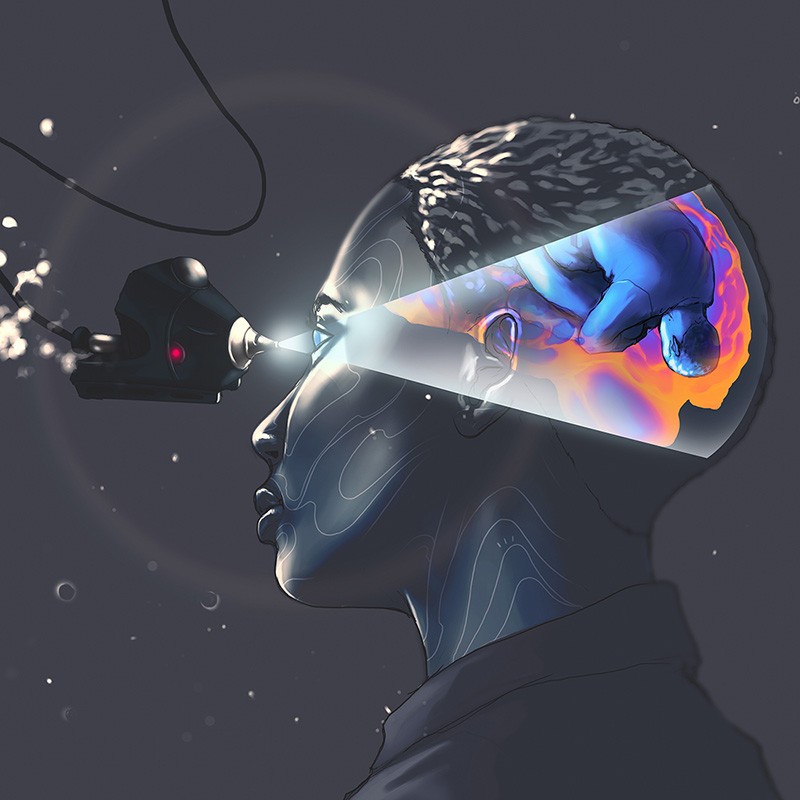
Eye health and mental health are closely linked. Vision loss, glaucoma, and dry eye can affect emotional well-being, while stress and mental health conditions also influence eye health.
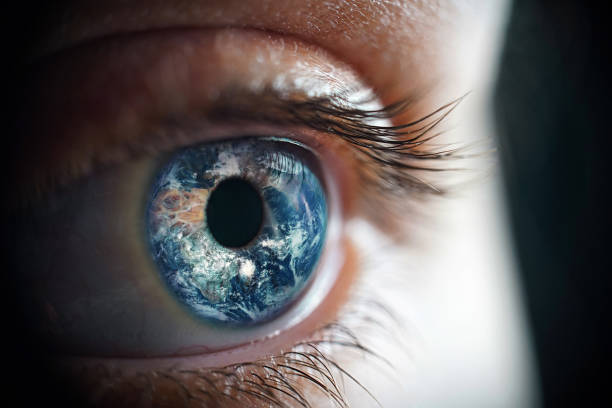
Climate change is affecting eye health through UV exposure, pollution, and allergens. Here’s what you need to know and how to protect your vision.
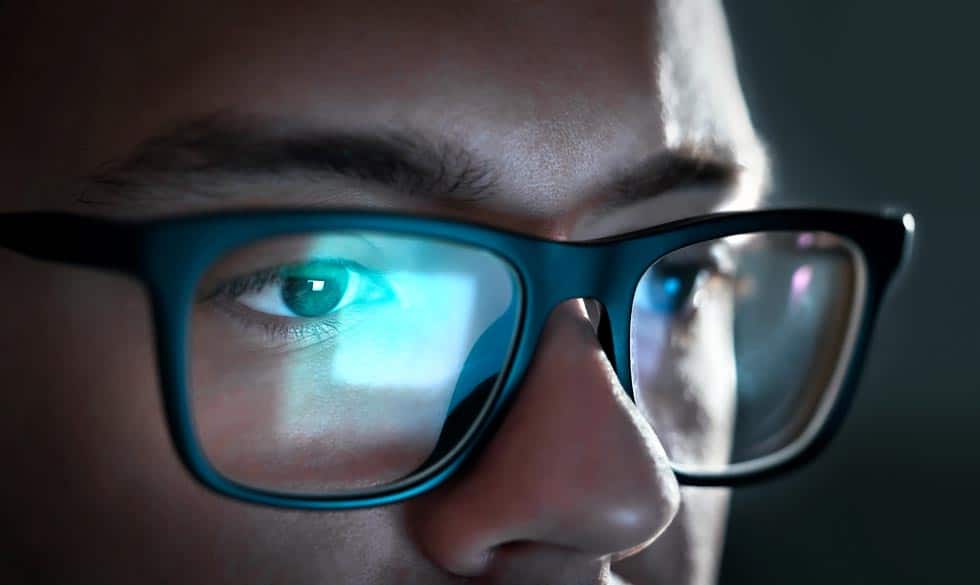
Blue light from digital devices can cause eye strain, headaches, and sleep problems. Here’s how to protect your eyes and maintain healthy vision.
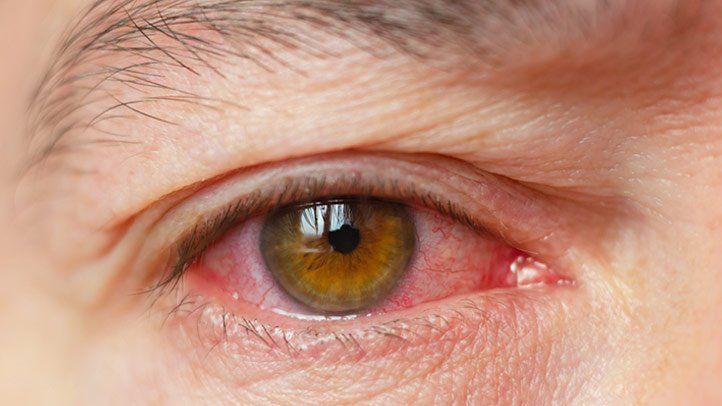
From a freshly approved eye drop for dry eye to contact lenses that correct astigmatism & presbyopia in one lens — 2025 is delivering exciting options for eye care.

With kids spending more hours on digital devices than ever before, concerns about blue light exposure and its effects on developing eyes are growing. Here’s what parents and eye care professionals need to know in 2025.









